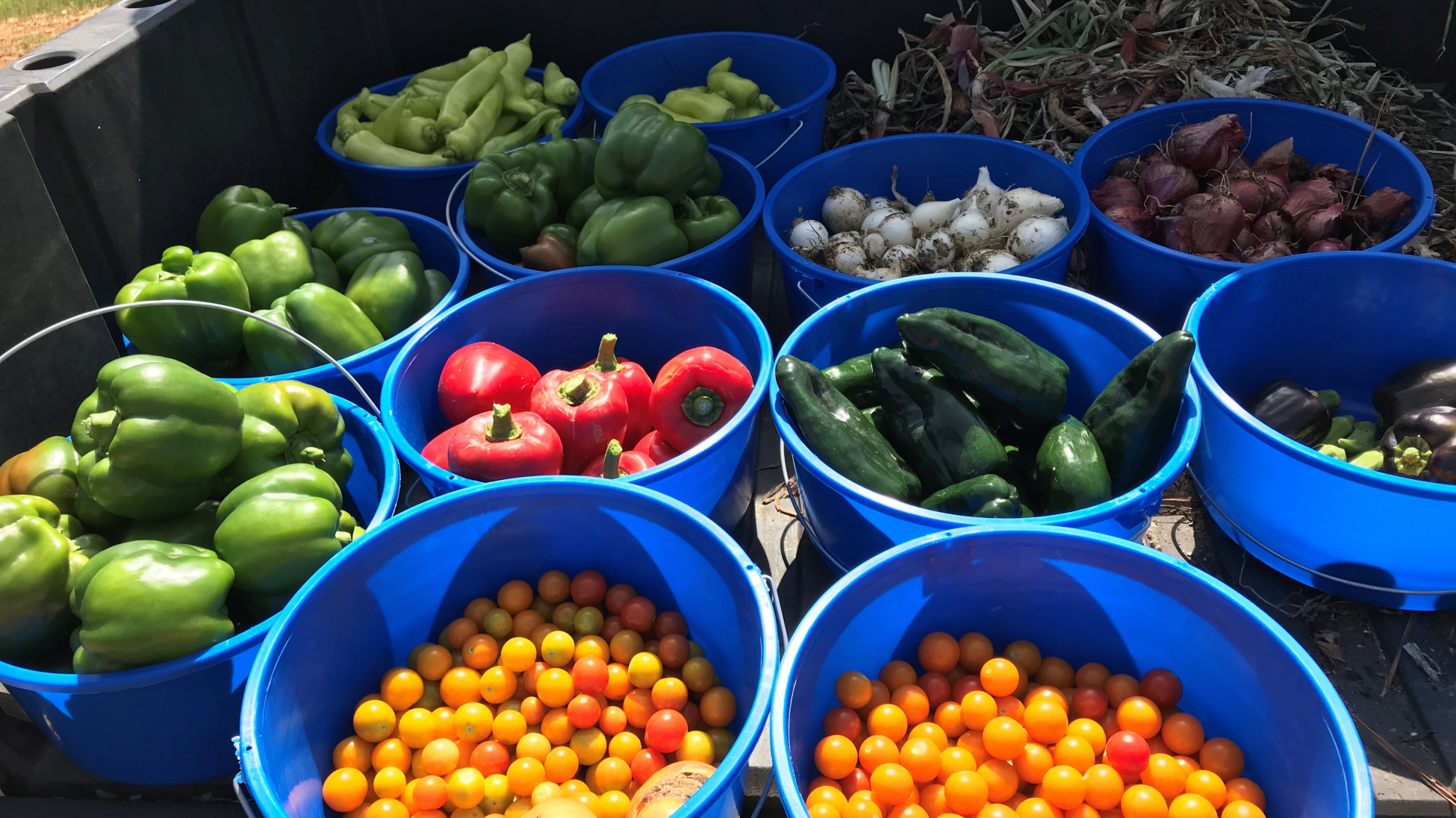
Private_Cluck
ModeratorForum Replies Created
-
Lots of issues in our garden this year. Corn was a bust. Plants struggled after tasseling. Ears were extra small. Strawberries got some type of fungus that we could not control. About 2/3s of them have died. Purplehull peas looked great up to starting to put on the pods. After that, not too many pods and some pods were smallish even though we fertilized and watered appropriately. Tomatoes did OK early, but once the heat dialed up, not many blooms and those rarely pollinated. Watermelons are ripening correctly. First one we pulled I thought was ripe based on the usual ripe characteristics, but found it barely have any ripe meat in it, and zero sweetness. This has been a strange year for the garden.
-
My solar system has 3kw of solar panels (mounted on the roof) and 10kw-hr battery capacity. I installed dual inverters (they also have built in solar charge controllers) capable of 240v and 6kw total output. I needed 240v for my well pump. The inverters have total solar input capability of 4kw. They can also supplement utility power to charge the batteries. I’ve designed the system to be expandable as I can afford it. The output from the inverters goes to a transfer switch. The switch is to select from solar or utility. The transfer switch feeds power to a sub-panel with my “critical” circuits. I’ve not connected the well pump yet because I need to install a soft-start controller that I’ve bought on it to insure it operates with less power draw on startup.
-
Go to the menu on the left side of the screen. Scroll down to end. Log out is second from the bottom. Or you can click on your name at the top right. Scroll down to the bottom to find log out.
-
This reply was modified 2 years, 4 months ago by
 Private_Cluck.
Private_Cluck.
-
This reply was modified 2 years, 4 months ago by
-
I installed a DIY system recently on our house. I have an engineering background so I was able to do all the design work myself. I wanted something that was not expensive, but could provide power for our critical circuits like refrigerator, freezers, well pump, septic system, food storage, etc. I also wanted it to be expandable so that I could add capacity in the future as we could afford.
The basics you need are the solar panels (of course), an inverter to convert the power to 120v, and batteries to store any excess power generated by your panels. You’ll need wiring, mounting hardware, and possibly some electrical distribution panels with circuit breakers.
The cost for these components varies widely, consequently the cost for a complete system can vary widely as well. You may be able to get used equipment which can save you money, but may make the reliability of the system less.
First step you need to do is to determine how much power do you need to supply. Do you want to power your whole house or just a few critical circuits? Once you have your power needs you can begin to design your system.
I would be happy to answer any questions about solar energy that you have, just let me know.
-
I have been working on getting at least supplemental solar power to our home. I designed a system using new and used sourced components. The system can add some parallel power to the utility service and will provide temporary back up power to the critical electrical circuits (refrigerator, freezers, food storage, septic system, water well, etc.) in case of a short outage. The system will allow me to increase battery capacity and add solar panels as I can afford to. I have almost completed the installation.
-
Our biggest pitfall is the temperature in the room where we run the freeze dryer. During the summer it really gets too hot in the room to run it successfully. Just added some climate control in the room and will be trying it again soon.
-
Starting small is OK. It’s the starting that is critical. Plan ahead. Makes your systems flexible and expandable. That’s what we are doing. There are plenty of resources now in our freesteading community that can help you. Answers are only a question away.
-
I am proud to be part of such a great community of like-minded people!
-
Howdy fellow Texan! @SunshineKid-GardenCoach and I live near Willis, in San Jacinto County. Be sure to join the Texas group.
-
I would be glad to answer any of your questions to help get you started on a solar power system.
-
I am familiar with SanTan and their used products. Personally, I would not purchase cracked solar panels. However, nothing wrong with undamaged used panels. That’s what I purchased off of Ebay a while back for my system. New panels certainly have gone up in price lately, but you should have reliable output from them for many years. I can point you to a couple of other places for new ones if you are interested. Also, if you need some help on a DIY design, let me know.
-
Here’s a link to the batteryless pump controller:
-
Both are equally venerable, since all electronics are venerable to an EMP. If you want to DIY a system, then first step is to know about the power requirements of your well pump (voltage / running amps / start amps). You will need to size a solar power system that supplies the needed power while it is running and enough backup power when the sun is not shining (if you want that). Most deep well pumps are 240v so your system must be able to supply that voltage. There is one 240v system that I’m aware of that does not use batteries and is made specifically for water well pumps. But this means it would only be able to operate when the sun is shining. You would need it plus adequate solar panels. This type of system is used in agricultural applications for filling water tanks. Kinda like what the old fashion farm windmill water pumps would do when the wind was blowing. Let me know if you have further questions.
